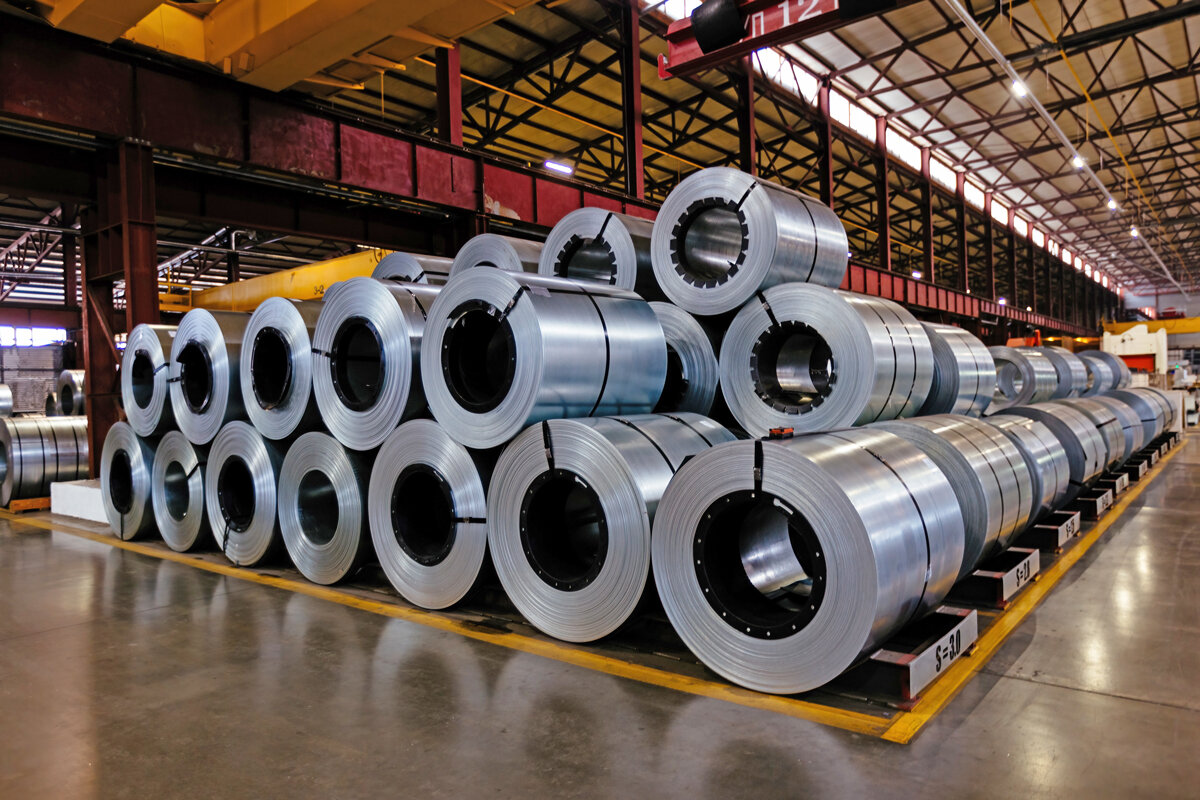The Green Steel program brings together the strengths of dozens of parties – from steel producers and knowledge institutions to the automotive industry and recycling companies. Its goal: a cleaner, stronger, and more strategic steel production chain with lower CO₂ emissions and increased reuse. The entire chain is involved: from steel production to recycling.
When it comes to recycling, ARN comes into the picture. “ARN is one of the most important players in our program,” emphasizes Erik Vegter. “They lead the theme of ‘recovery.’ Without the efforts of ARN – and the dismantling and shredding companies affiliated with them – we would not be able to supply scrap in the right way for high-quality steel production. We are extremely pleased with their participation.”
Why make steel more sustainable?
Steel will not simply run out; iron ore is abundantly available. But mining, producing, and processing steel requires a lot of energy and results in high CO₂ emissions. To make steel greener, innovation is needed on several fronts: production with hydrogen instead of coal, smart processing technology, and high-quality recycling.
Erik Vegter: “Many promising innovations have already been set in motion. Tata Steel aims to replace one of its current blast furnaces by 2030 with a much cleaner plant, where iron ore will be converted into Direct Reduced Iron (DRI) using hydrogen gas. For this, however, a lot more scrap is needed.” In that new plant, most of the steel will be produced in a furnace where DRI and scrap are melted together. Because DRI is expensive and, especially at the beginning, will be limited in availability, Tata Steel wants to replace a larger share of the raw material with recycled scrap. “Scrap is an affordable and sustainable addition to DRI. The only question then is: how do you obtain that scrap, how do you treat it, and how do you ensure that the quality remains high?”
High-quality scrap from end-of-life vehicles
Cars are not the largest source of scrap in the Netherlands – construction, for example, provides a greater volume – but they are a very important one. Cars contain a relatively high amount of steel with excellent quality and a known composition. This makes them highly suitable for reuse in green steel.
“End-of-life vehicles are therefore a valuable raw material,” says Vegter. “And ARN has a unique network to make that accessible in the right way. No single company can realize such a chain transformation on its own. ARN has the knowledge, the relationships, and the structure to fulfill that role.”
High-level recycling
The aim is to deliver scrap as clean and pure as possible, so that it can be directly reused in new steel products. This requires innovation. Within the program, several projects are underway to improve scrap quality. One example is the so-called extraction plant in Leeuwarden, where tin is removed from contaminated packaging steel from consumer-discarded cans.
“Metal recycling is more complex than it seems,” Vegter explains. “Steel is rarely pure. It always contains alloying elements. We are now developing techniques that allow us to analyze, at lightning speed, what a load of scrap contains. That is essential for reusing it in high-quality products.”
Automotive industry as a driver
More and more car manufacturers want to reduce their CO₂ footprint – from production to end-of-life. Volvo is involved in the Green Steel consortium as an automaker, alongside supplier SKF, the employer of Erik Vegter. “At SKF, we produced bearings made from recycled steel and tested them. Their performance is equal to that of conventional bearings. That is very encouraging – especially because bearings are among the most heavily stressed parts of a car and are made from the highest-grade steel. Challenges remain, but the first results are positive.”
The program is designed not only to achieve climate benefits but also to realize economic and strategic goals. These include reducing dependence on raw materials from outside Europe and creating new jobs in the green industry. This also requires investments in education and training – something the program explicitly focuses on.
Building a circular future together
The Netherlands does not have a large domestic car industry, but it does have extensive expertise in recycling. That is precisely why ARN’s involvement is so important. With around 200 affiliated dismantling companies, and together with car dismantlers and shredding companies, the chain can consistently deliver high-quality scrap flows to the steel industry.
Erik Vegter: “We want to initiate a system change. And that is only possible if every single link in the chain participates. Thanks to ARN, we have a partner that manages the chain from car dismantling to high-quality recycling. Without them, this program would not have been possible.”
Or read the article on the website of ARN.



